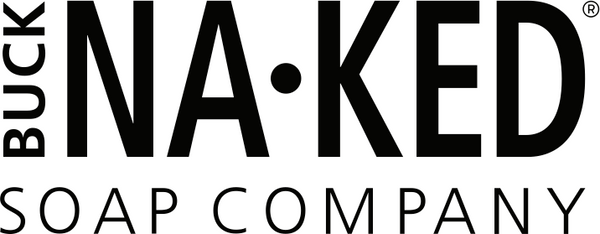Why is intersectional environmentalism important?
When we think about sustainability and taking daily steps towards more eco-friendly decisions, we tend to first think of a ‘white-washed’ version of environmentalism. For example, switching to reusable straws, investing in a capsule wardrobe from a more expensive yet eco-conscious clothing brand, and upcycling vintage jeans.
While these are all great first steps that we as global citizens can take towards making more sustainable decisions in our daily lives, they’re also only applicable to those who can afford to invest in these methods (upcycling vintage jeans requires you to first be able to afford or have access to vintage jeans), and they are just scratching the surface of the greater issue.
According to a recent article by intersectional environmentalist, Leah Thomas, in Vogue Magazine, “a 2018 study on air quality found that Black residents ‘had 1.54 higher burden than did the overall population of exposure to particulate matter. (Particulate matter is a combination of solid and liquid particles in the air; when these small particles are inhaled they can infiltrate your lungs and bloodstream and cause serious illness.)”
This is just one of many examples of environmental racism. Here in Canada, 61 Indigenous communities in Canada not having access to clean water, and toxic waste dumpings near Africville in Nova Scotia are proof that environmental racism span Turtle Island (widely known as North America).
Civil rights leader, Benjamin Chavis coined the term “environmental racism” in 1982, “describing it as ‘racial discrimination in environmental policy-making … the deliberate targeting of communities of colour for toxic waste facilities, the official sanctioning of the life-threatening presence of poisons and pollutants in our communities, and the history of excluding people of colour from leadership of the ecology movements”.
Intersectional environmentalism directly fights this. With the term, intersectionality first coined by Kimberle Crenshaw, the term recognizes the overlap of various social identities, such as race, gender, sexuality, and class, contributes to the specific type of systemic oppression and discrimination experienced by an individual.
In Buck Naked’s pursuit of true sustainability, we believe that this requires going

beyond just eco-friendly products. As first mentioned about the upcycled vintage jeans. This is an environmentally-friendly step towards sustainability, but not necessarily an accessible one as many people cannot afford vintage jeans.
True sustainability, requires
- Environmentalism - all-natural products that don’t create further harm to the environment or skin,
- Accessibility - a budget-friendly strategy that allows people of varying incomes access to clean products that they deserve,
- Social Responsibility - sharing resources, amplifying knowledgable and often marginalized voices
Want to learn more about intersectional environmentalism?
Follow these creators:
https://www.instagram.com/greengirlleah/
https://www.instagram.com/intersectionalenvironmentalist/

0 comments